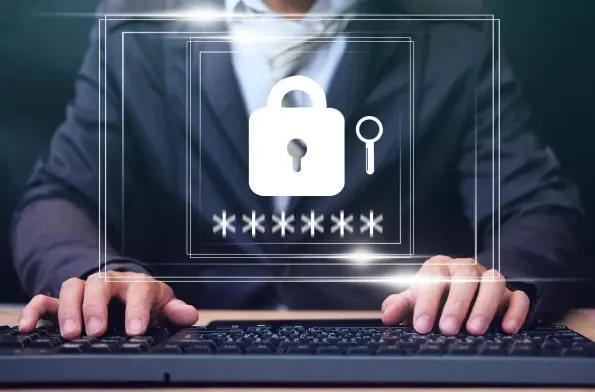Cybersecurity experts consistently emphasize persistent issues that threaten global digital security over time. Among these, the alarming tendency of password reuse stands out as a major concern for experts worldwide. A recent study examined an astounding 19 billion leaked passwords, shedding light on the dire consequences of reused credentials. Alarmingly, only a small percentage—6%—of these passwords were unique, while an overwhelming 94% were recycled across multiple platforms. This widespread phenomenon of password recycling provides cybercriminals a lucrative opportunity to exploit vulnerabilities, particularly through credential stuffing attacks. These attacks involve the unauthorized use of stolen credentials across various services. Although the success rate remains low at 0.2%, automated tools allow attackers to hijack potentially thousands of accounts. As cybersecurity threats evolve, the persistence of password reuse as a significant risk compels both individual users and organizations to reassess their approach to secure authentication methods.
The Dangers of Predictability
Password reuse is exacerbated by the widespread reliance on simple and predictable passwords. Common combinations such as “123456,” “password,” and “admin” remain popular, generating millions of instances. Furthermore, names like “Ana” appeared 178.8 million times, while cultural references such as “Batman,” “Mario,” and “Thor” were frequently used. Such choices, along with holiday terms, food, and city names, offer significant entry points for cybercriminals seeking unauthorized access. The risk of brute-force attacks looms large, particularly as many passwords are composed solely of 8-10 characters and simple lowercase letters and numbers. These patterns are easily predictable, compromising security integrity. This vulnerability stems from a general lack of understanding among users regarding the importance of complex, unique passwords. Efforts to educate users about secure password practices have been underway for years, yet the prevalence of easily decipherable codes continues unabated. Given the importance of strong passwords in safeguarding personal data and organizational resources, critical discourse around enhancing password complexity is essential for minimizing security risks.
Implications of Historic Breaches
Numerous past breaches have cast a long shadow over the digital landscape, underscoring the urgency for improved cybersecurity practices. The RockYou2021 incident unveiled 8.4 billion passwords collected from numerous historical breaches, highlighting the scope of compromised data. Similarly, the COMB exposure revealed 3.2 billion email-password pairs from platforms like Netflix and LinkedIn. These breaches have showcased vulnerabilities in security systems and the need for more robust protection measures. The infamous Yahoo breach of 2013-14 affecting three billion accounts further exemplified the catastrophic consequences of lax security standards. The fallout included mandatory password resets and the implementation of enhanced encryption protocols. Given these historic failures, experts advocate for multi-factor authentication (MFA) and widespread usage of password managers, along with stringent enforcement of breach notifications under regulations like GDPR and California’s CCPA. An enhanced focus on proactive cybersecurity measures remains critical as the frequency of credential leaks continues to rise, posing a threat to organizations and individuals alike.
Towards Secure Password Habits
Cybersecurity experts have long emphasized critical issues jeopardizing global digital security, with password reuse posing a significant threat. A recent study analyzed 19 billion leaked passwords, revealing troubling statistics: only 6% were unique, while a staggering 94% were reused across various platforms. This rampant recycling provides cybercriminals with ample opportunities to exploit weaknesses, especially through credential stuffing attacks, where stolen credentials are misused on multiple services. Though these attacks have a low success rate of 0.2%, the use of automated tools enables hackers to potentially commandeer thousands of accounts. As cybersecurity risks advance, the ongoing challenge of password reuse persists, urging individuals and organizations to rethink their approaches to secure authentication techniques. Enhanced security awareness and practices, like employing password managers and adopting multifactor authentication, can mitigate such vulnerabilities and strengthen digital defenses against evolving threats.













